(1) High positioning accuracy
The linear guide allows steel balls to perform infinite rolling circulation between the slider and the slide rail, enabling the load platform to move linearly along the slide rail with high precision. Compared with traditional sliding guidance, the friction coefficient of rolling guidance can be reduced to 1/50. Since the friction force at startup is greatly reduced, relatively fewer invalid movements occur, making it easy to achieve micrometer-level feed and positioning. Coupled with the restraint unit design of the slider and slide rail, the linear guide can simultaneously withstand loads from all directions, including up, down, left, and right. These features cannot be compared with traditional sliding guidance. Therefore, if the machine is equipped with ball screws and uses linear guides for guidance, the equipment accuracy and mechanical efficiency can be significantly improved
(2) Minimal wear ensures long-term precision maintenance
Traditional sliding guidance inevitably results in poor platform motion precision due to oil film backflow, and insufficient lubrication during movement leads to wear on the contact surface of the running track, seriously affecting precision. However, rolling guidance has minimal wear, enabling the machine to maintain precision for extended periods.
(3) Suitable for high-speed motion and significantly reducing the required driving power of the machine
Due to the minimal friction force when the linear guide moves, only a small amount of power is required to operate the bed, especially when the bed operates in a frequent reciprocating manner. This significantly reduces the power consumption of the machine. Additionally, because it generates less heat due to friction, it is suitable for high-speed operation.
(4) Able to withstand loads from all directions simultaneously
Due to the special restraint structure design of the linear guide, it can simultaneously withstand loads from up, down, left, and right directions. Unlike sliding guidance, which can only bear lighter lateral loads in the direction of the parallel contact surface, potentially causing poor precision.
(5) Easy assembly and interchangeability
During assembly, only the mounting surface of the slide rail on the bed needs to be milled or ground, and the slide rail and slider can be fixed to the machine with specific torque according to the recommended steps, ensuring high precision during machining. Traditional sliding guidance requires scraping of the running track, which is both laborious and time-consuming. Moreover, if the precision of the machine is poor, scraping must be done again. The linear guide has interchangeability, allowing for the replacement of individual sliders, slide rails, or even entire linear guide assemblies, enabling the machine to regain or maintain high-precision guidance.
(6) Simple lubrication structure
Insufficient lubrication in sliding guidance can lead to direct metal-to-metal friction and wear on the bed. Achieving adequate lubrication in sliding guidance is not easy and requires drilling holes in appropriate positions on the bed for oil supply. In contrast, linear guides have oil nozzles installed on the sliders, allowing direct lubrication with a grease gun. Alternatively, dedicated oil pipe fittings can be used to connect directly to the oil supply line for automatic lubrication with a lubrication system。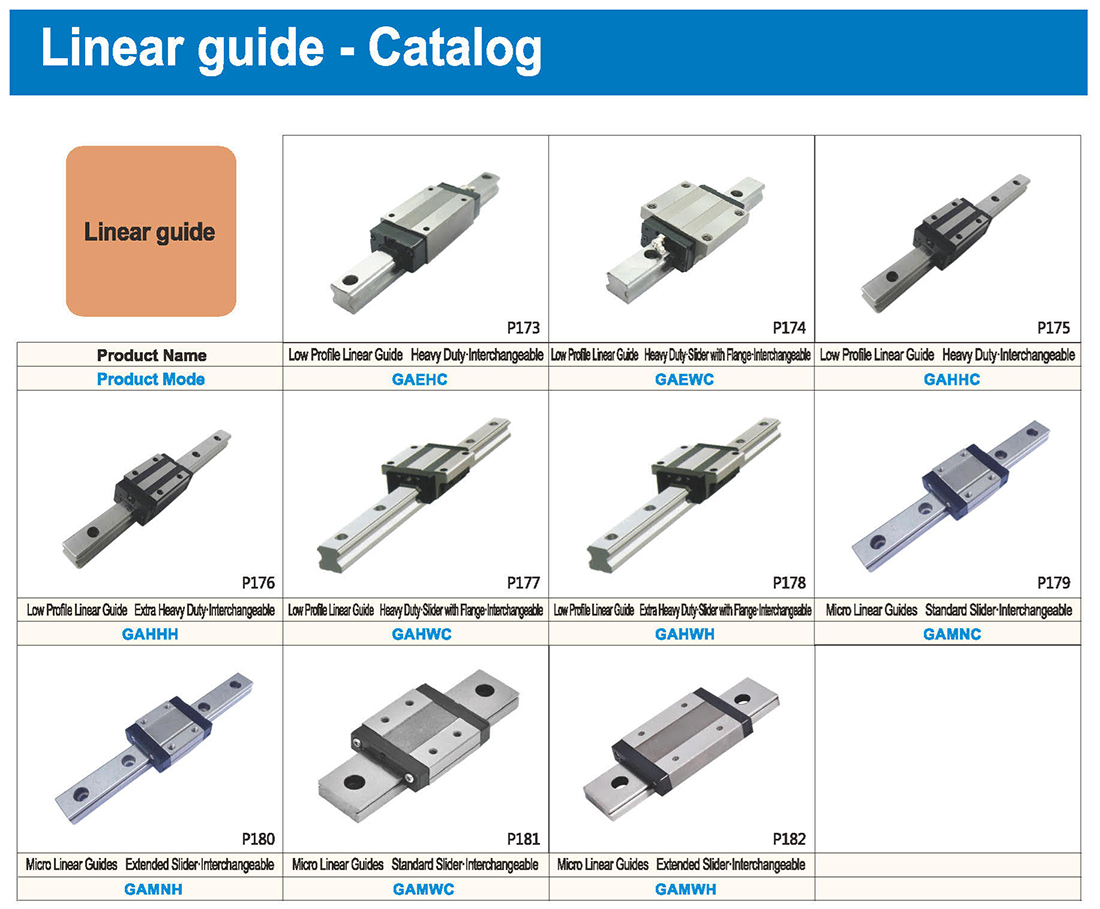 .
.
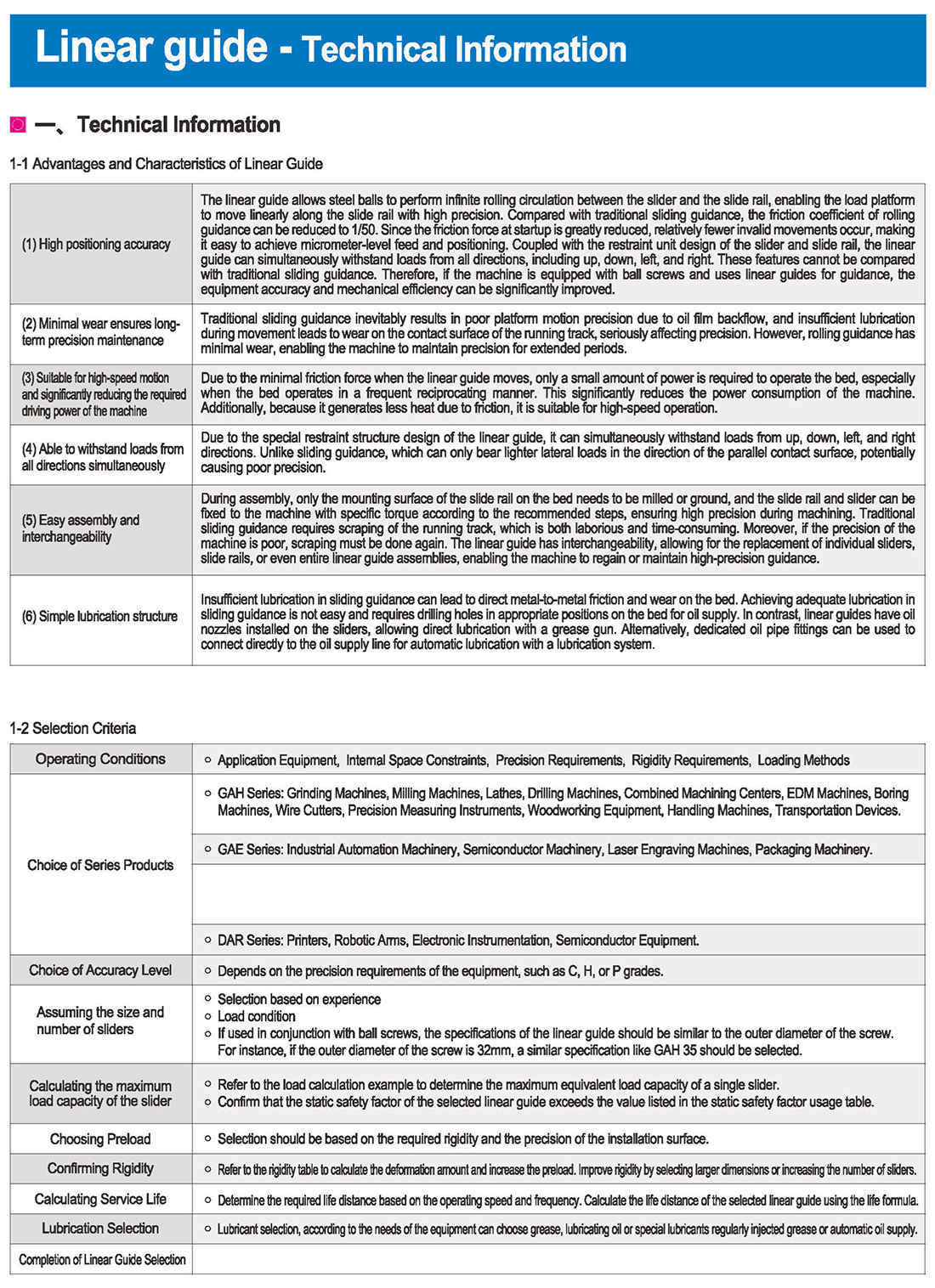
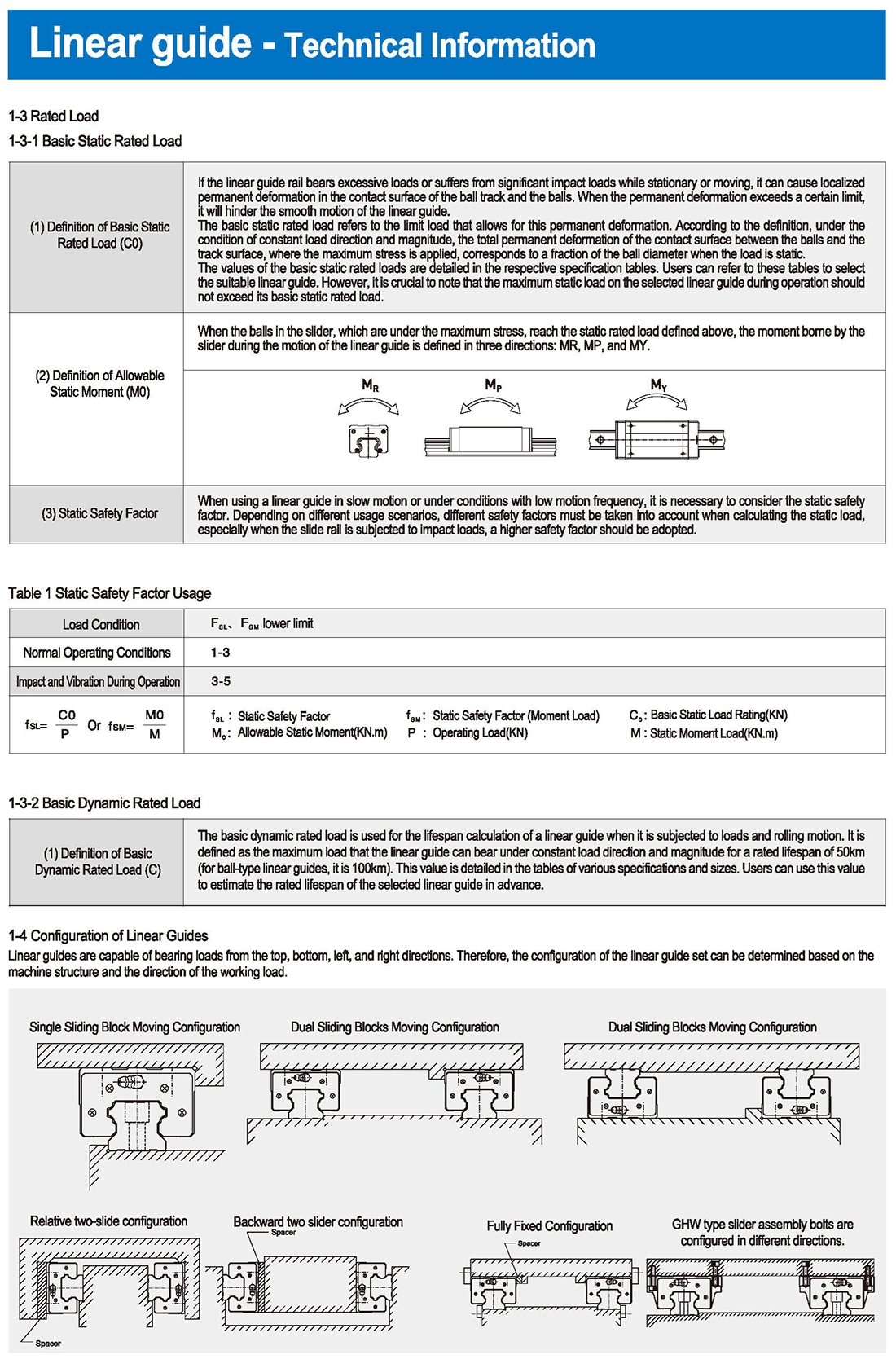
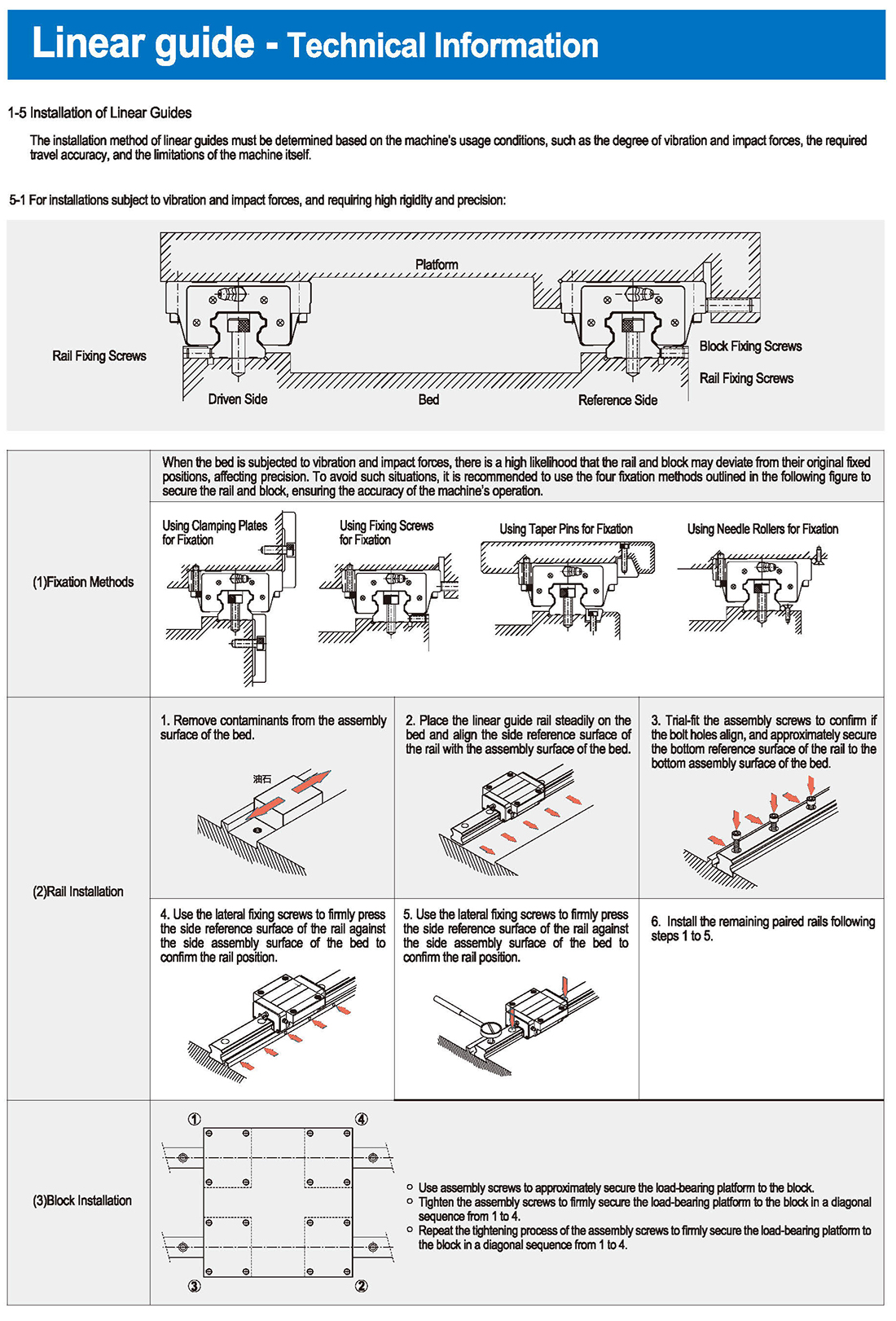
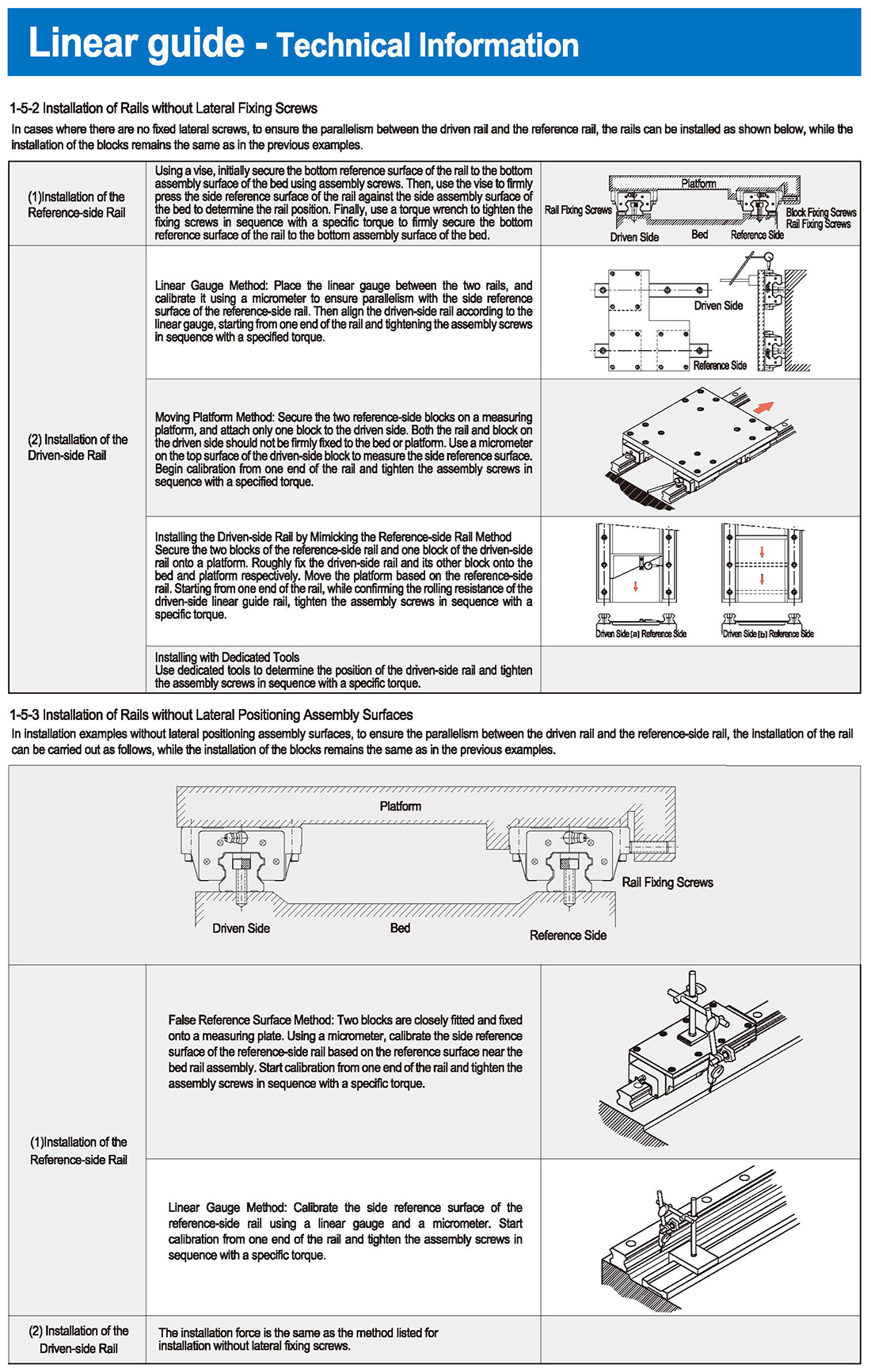
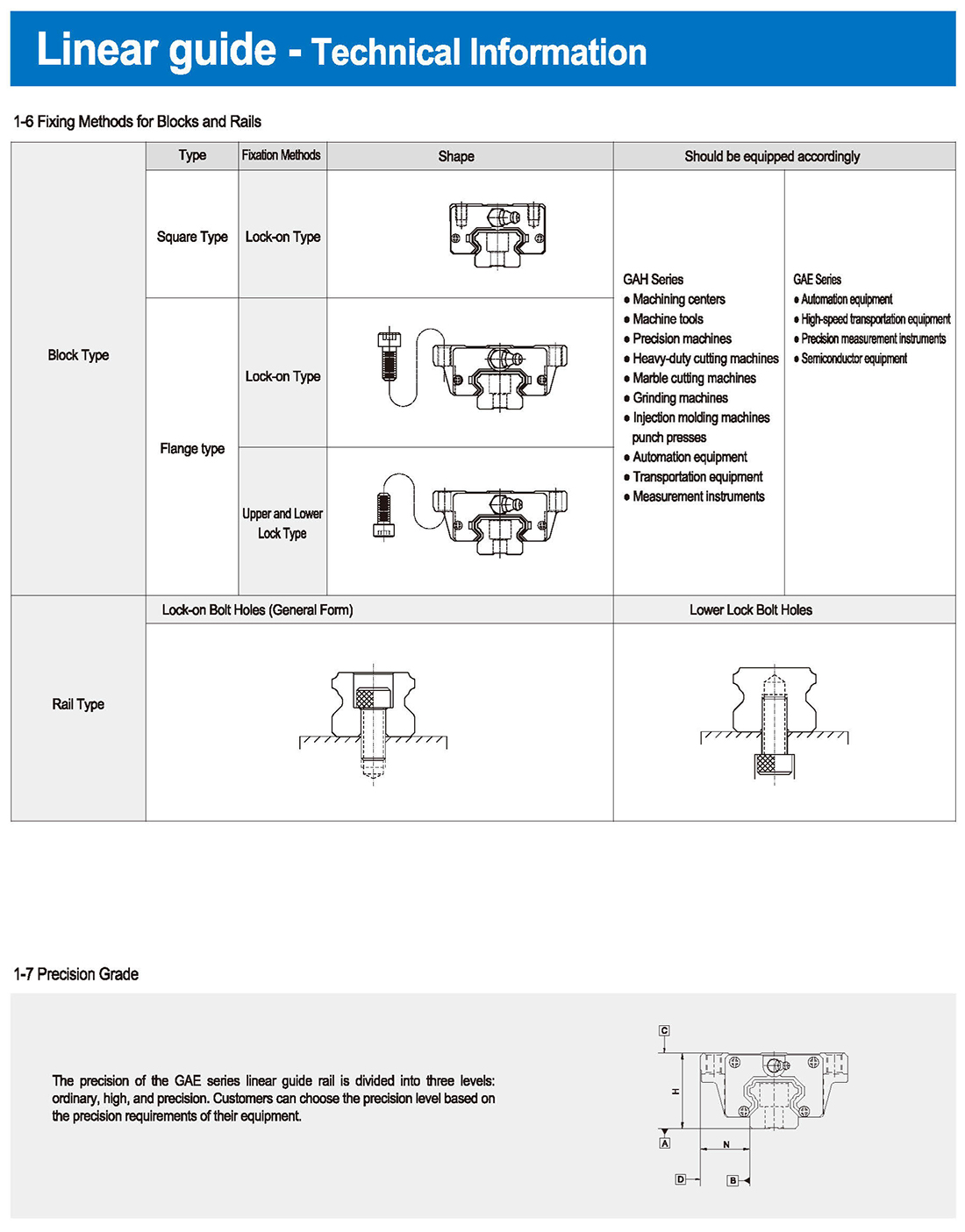
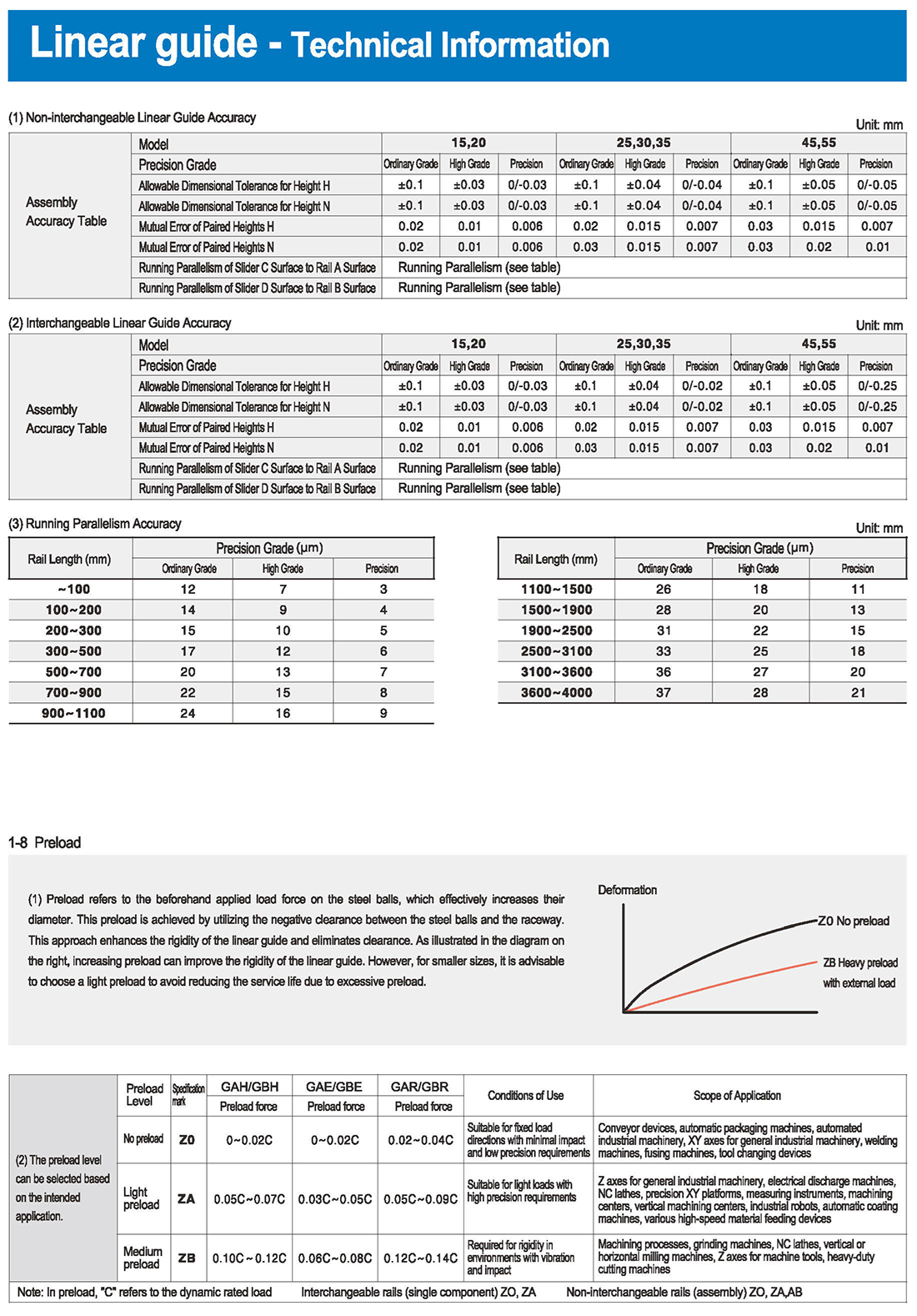


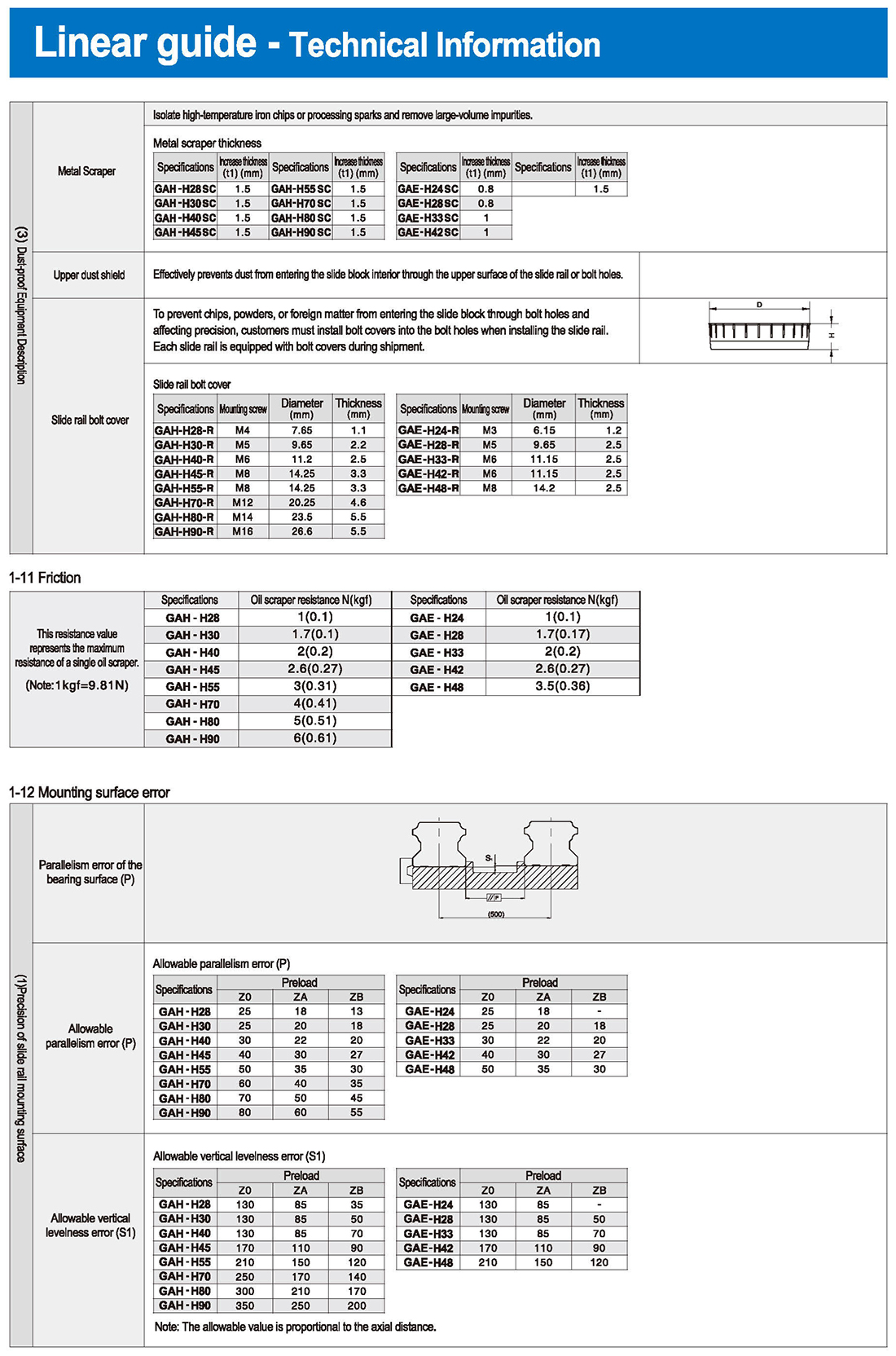
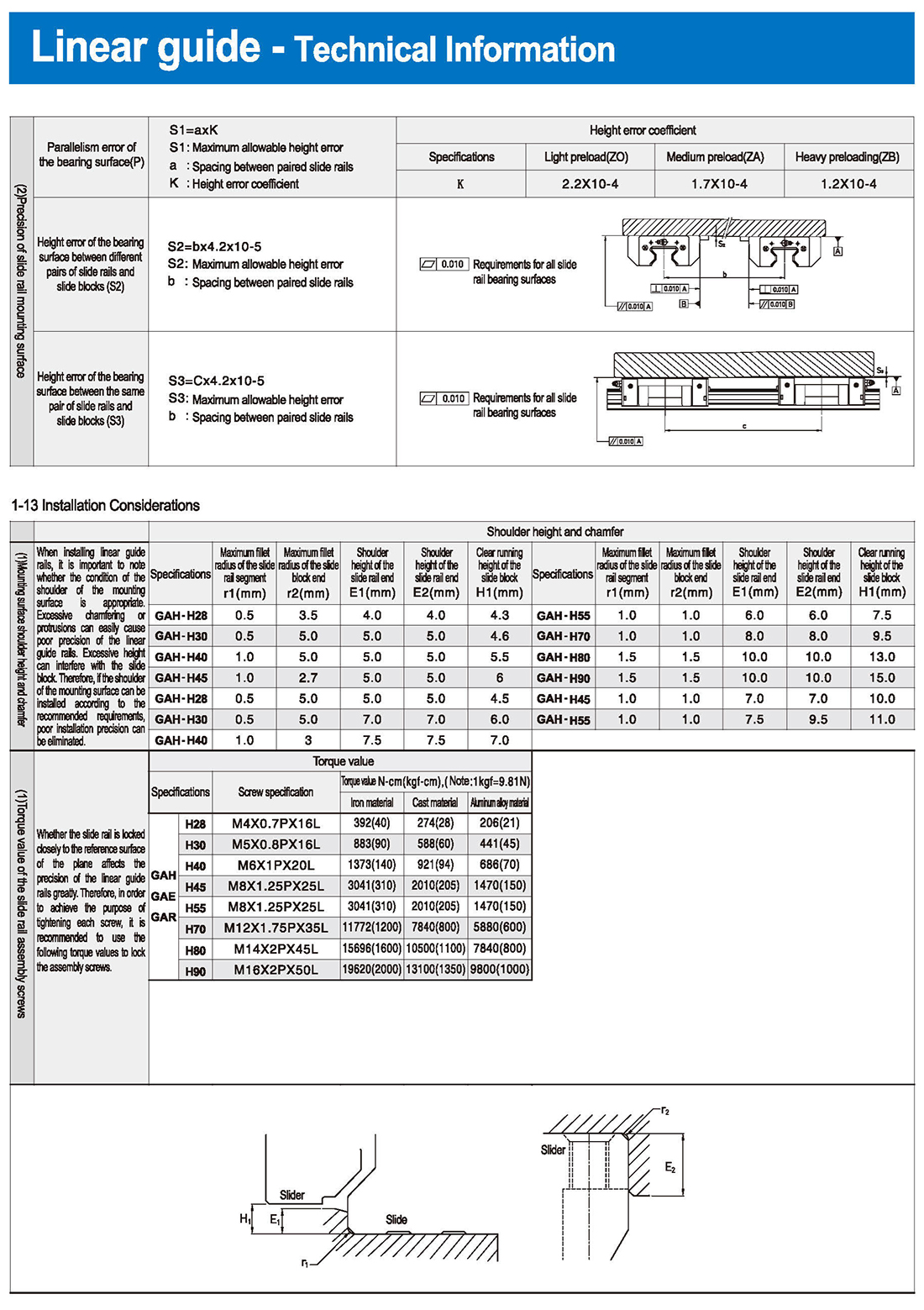
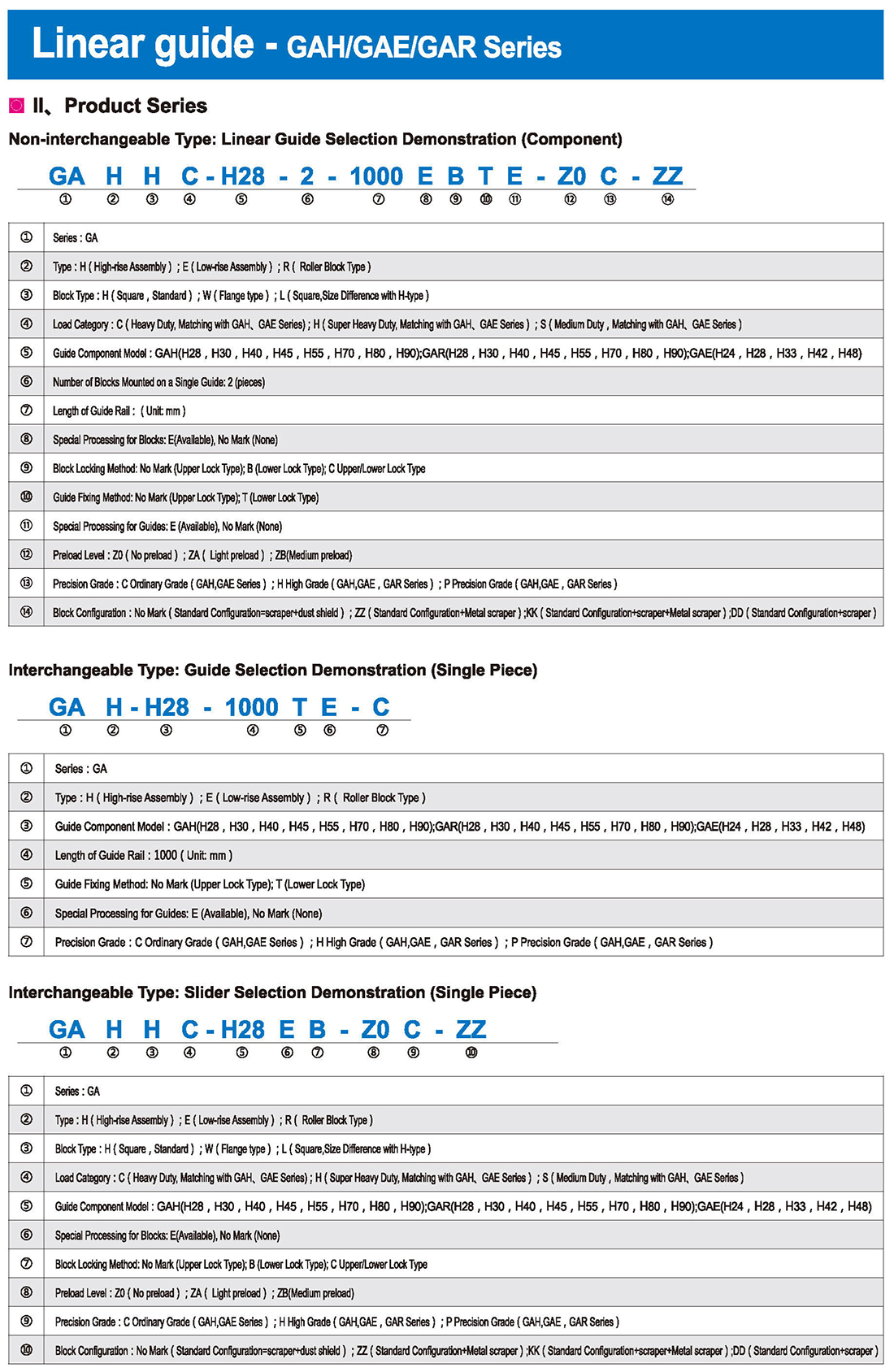
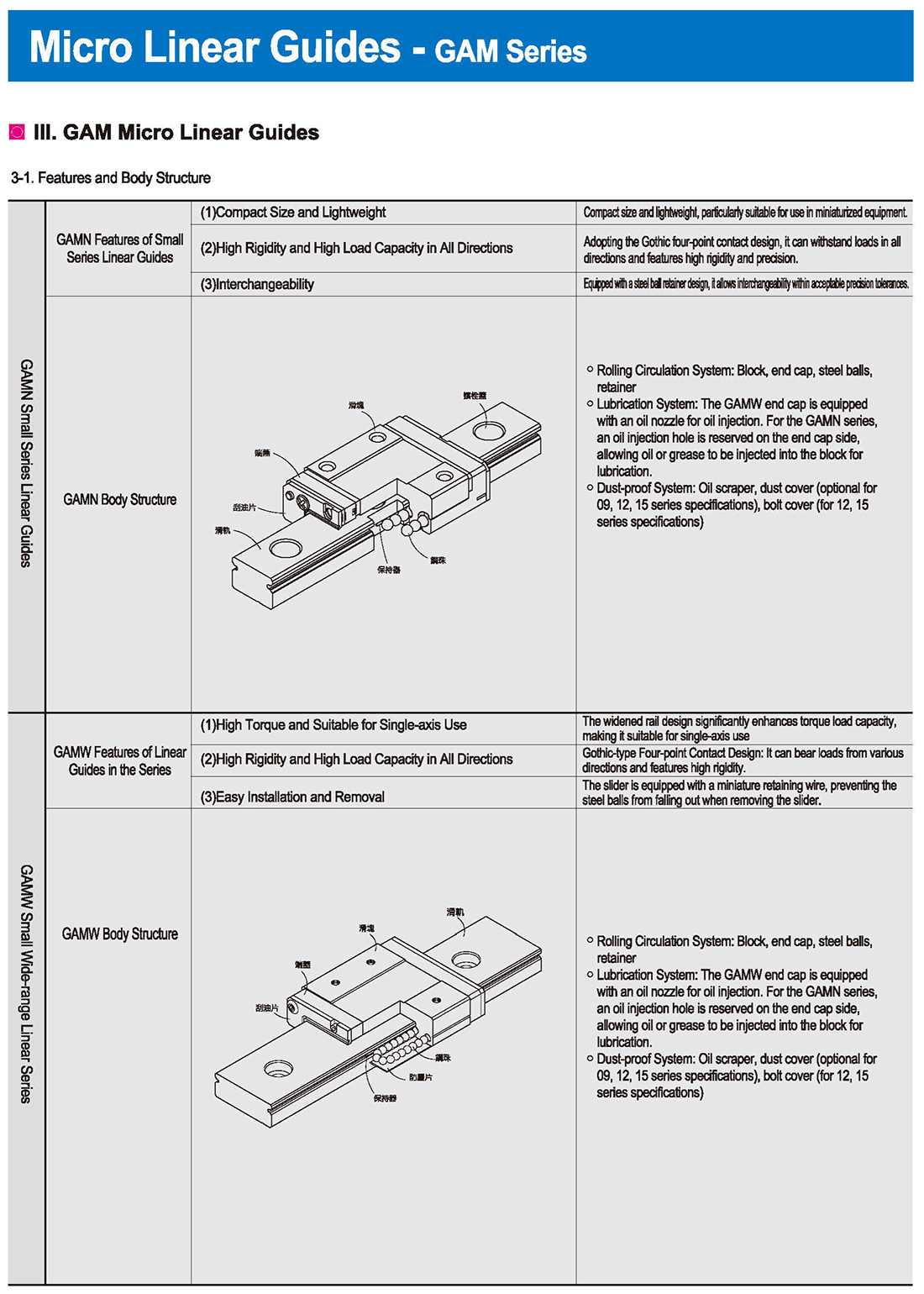
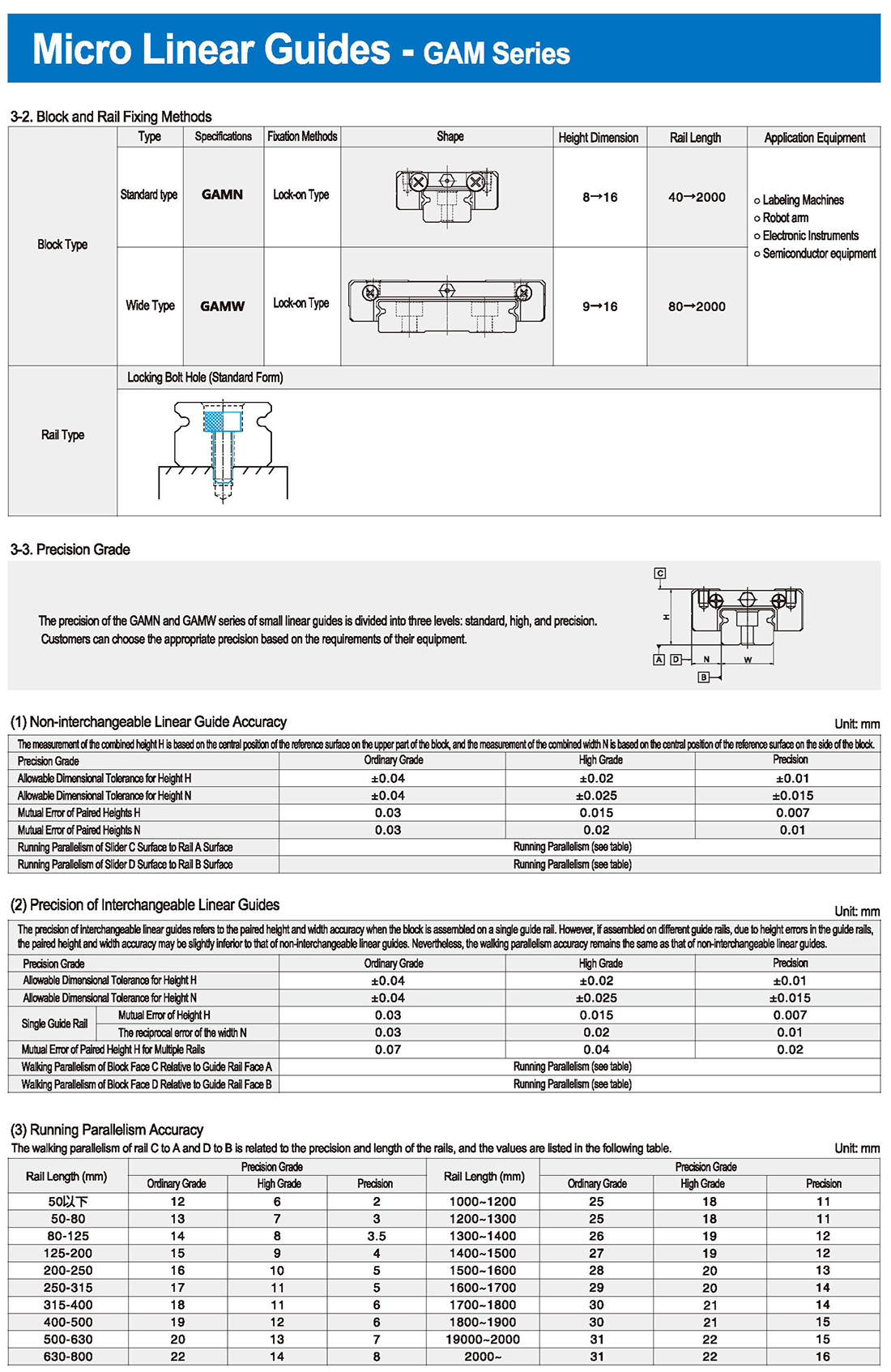
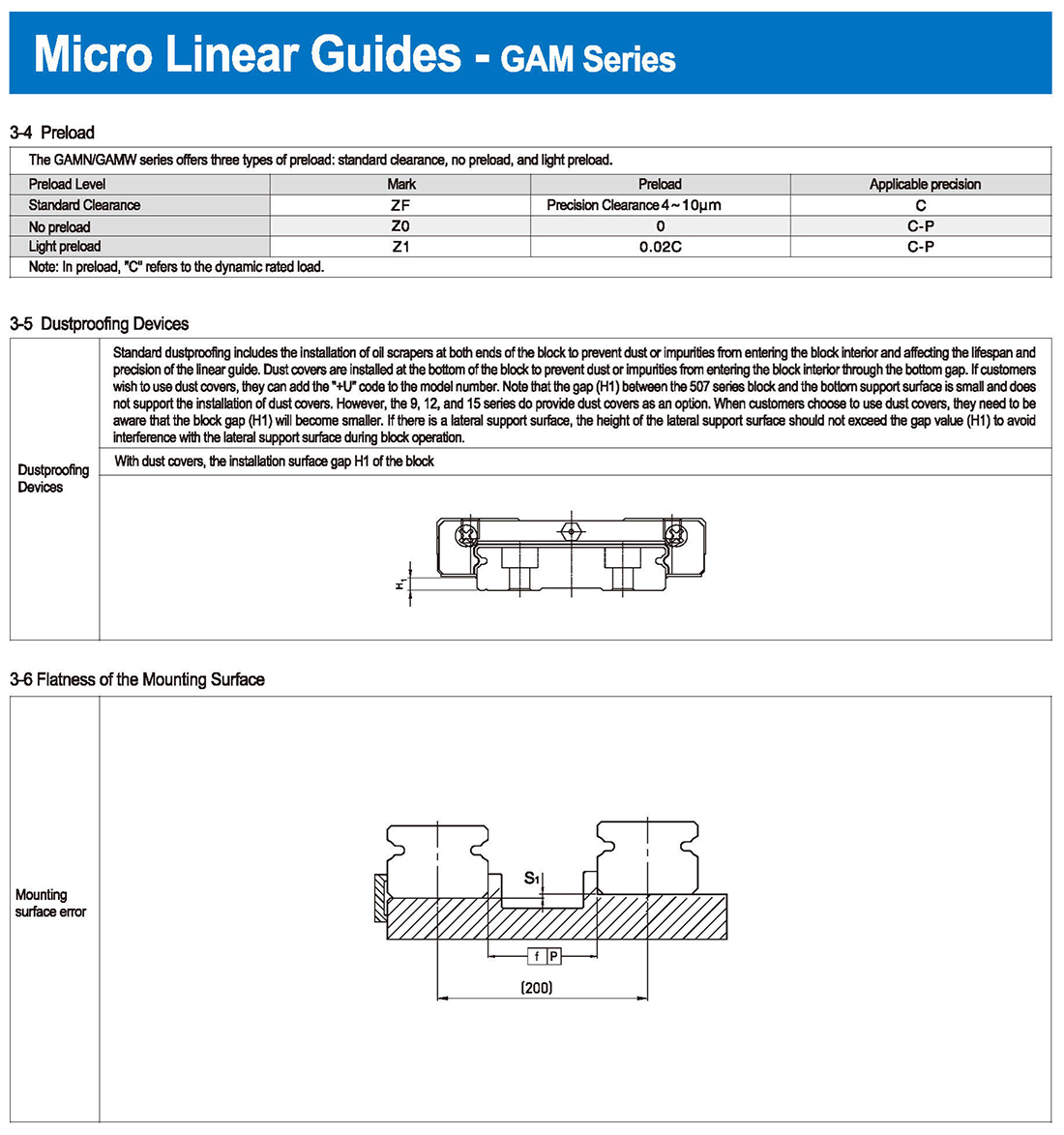
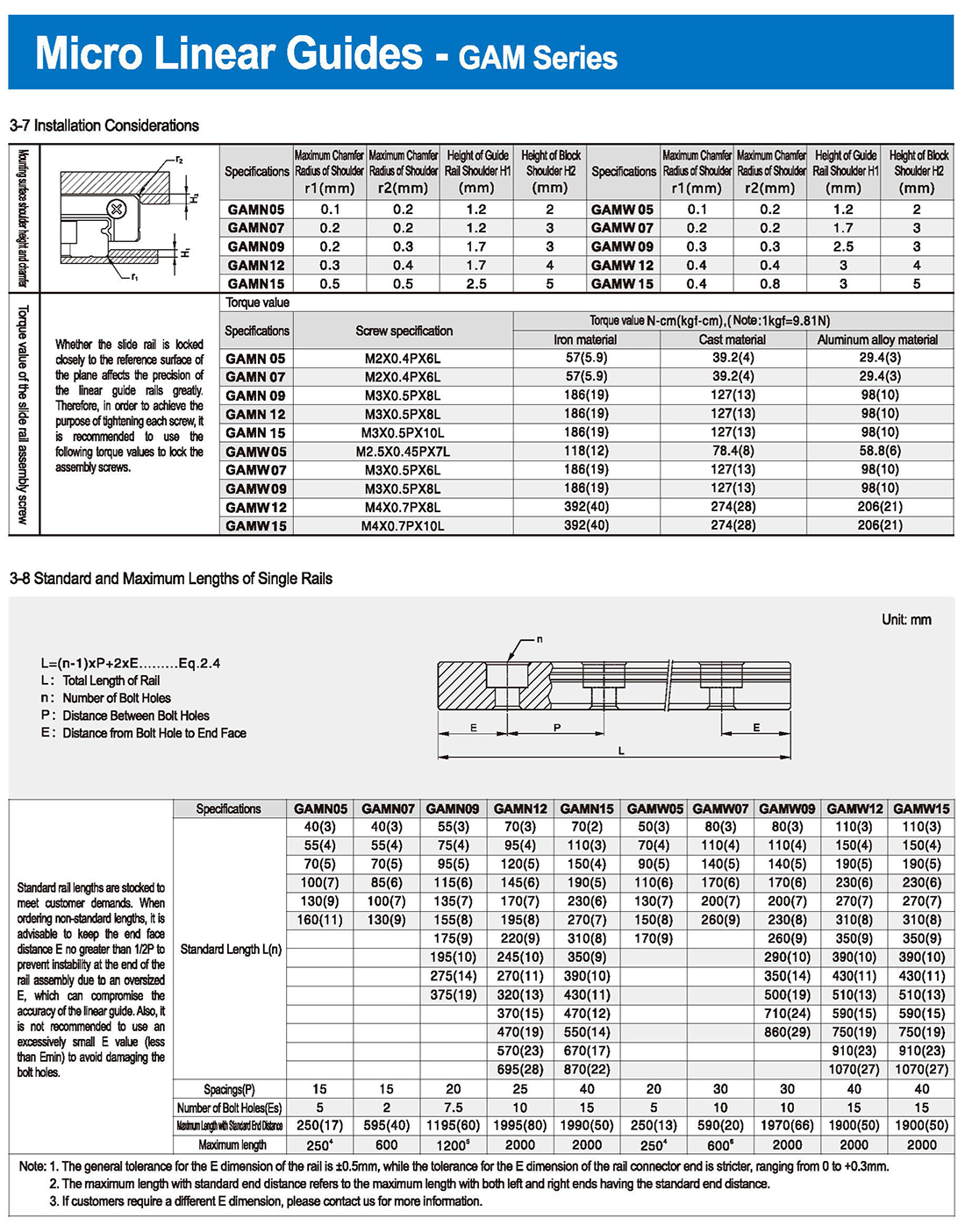
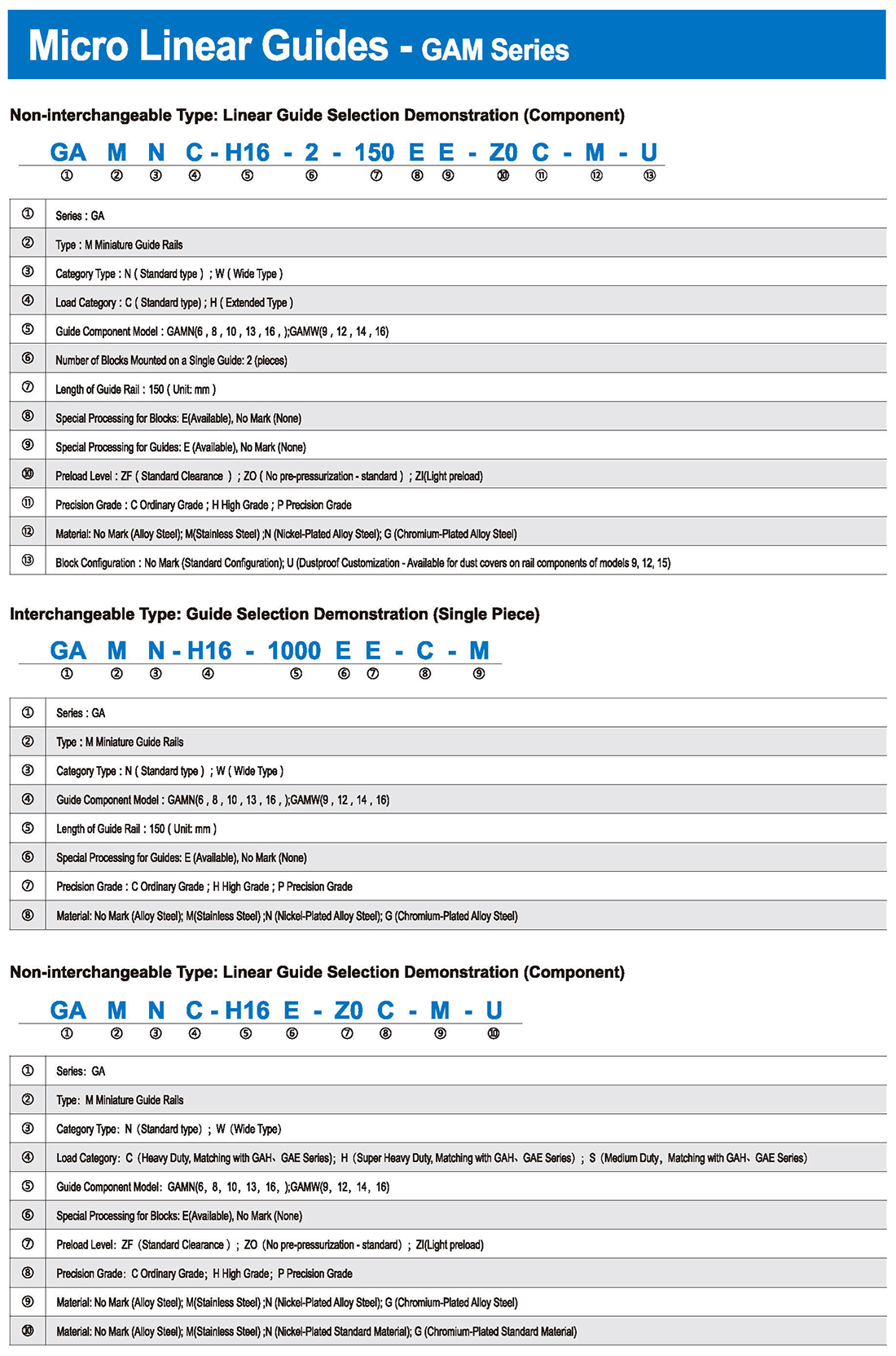
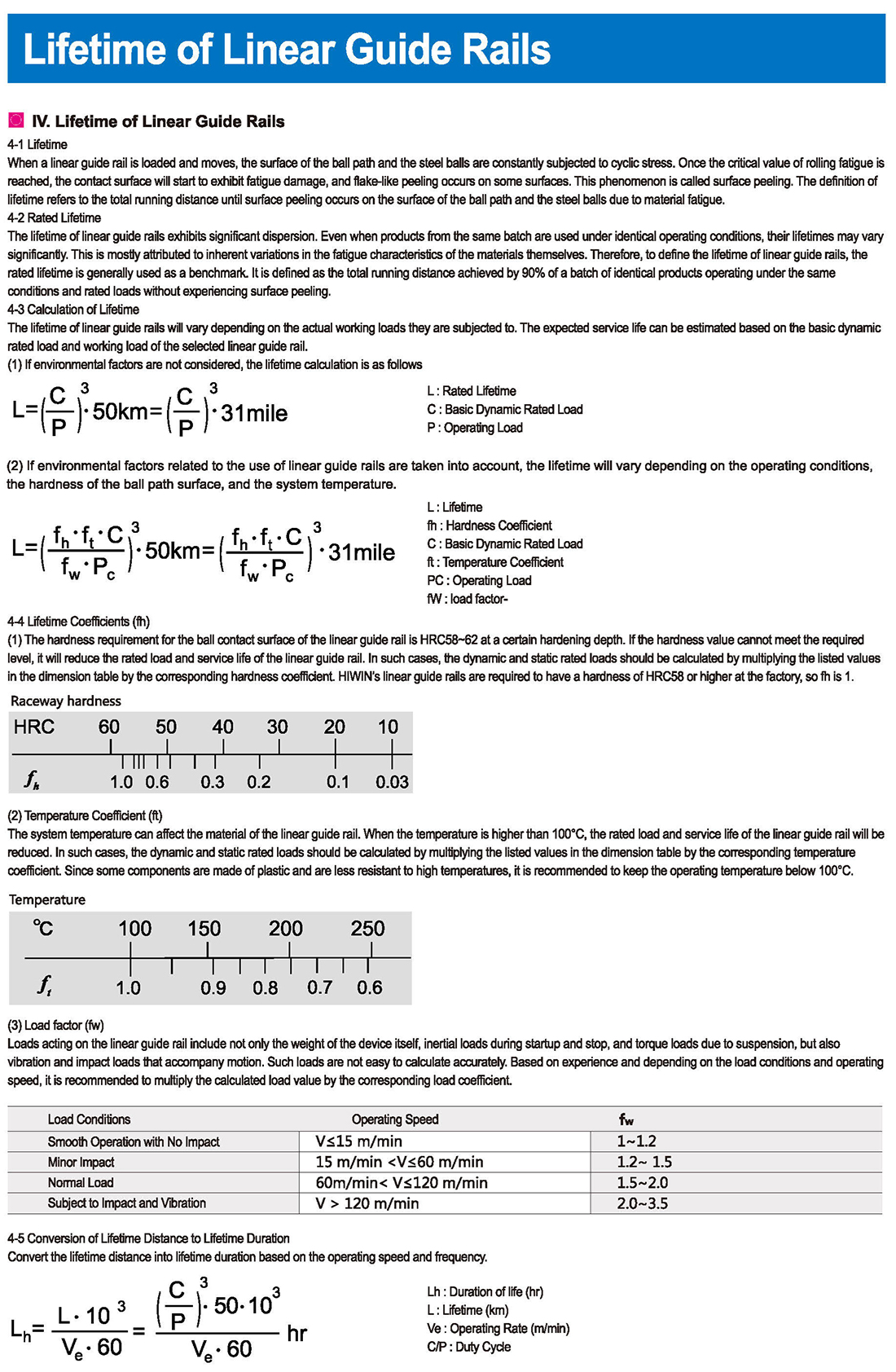
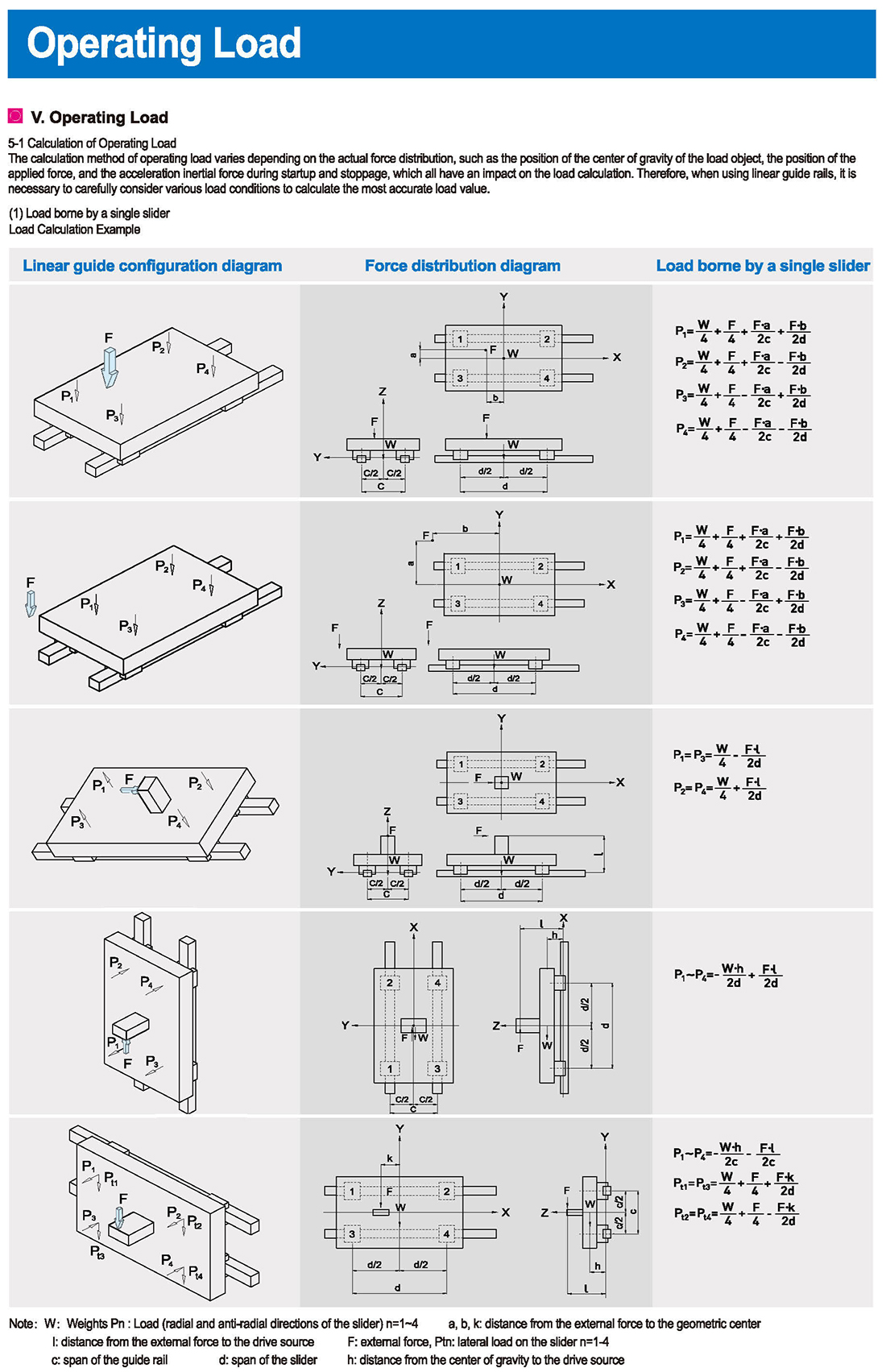
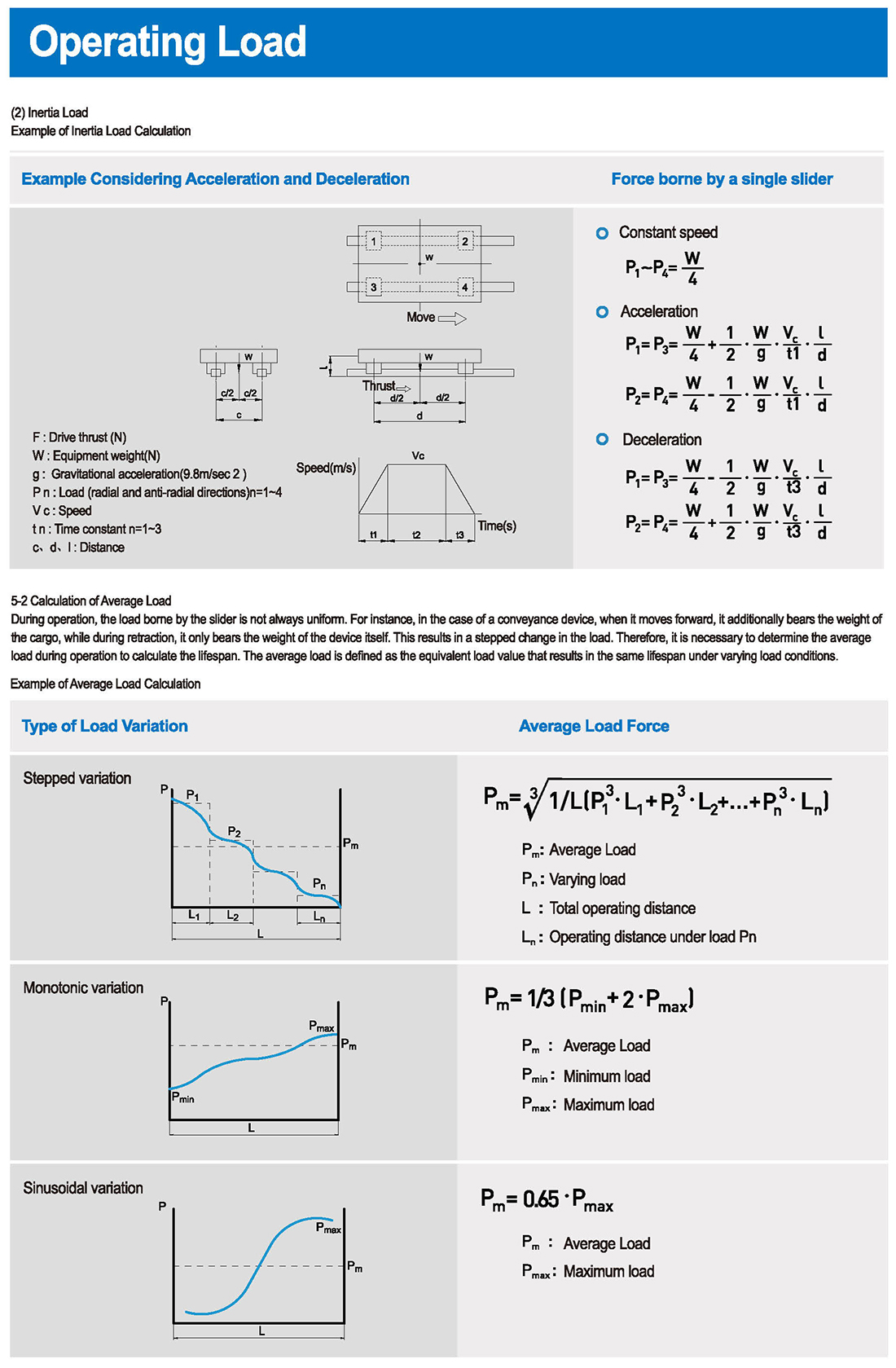
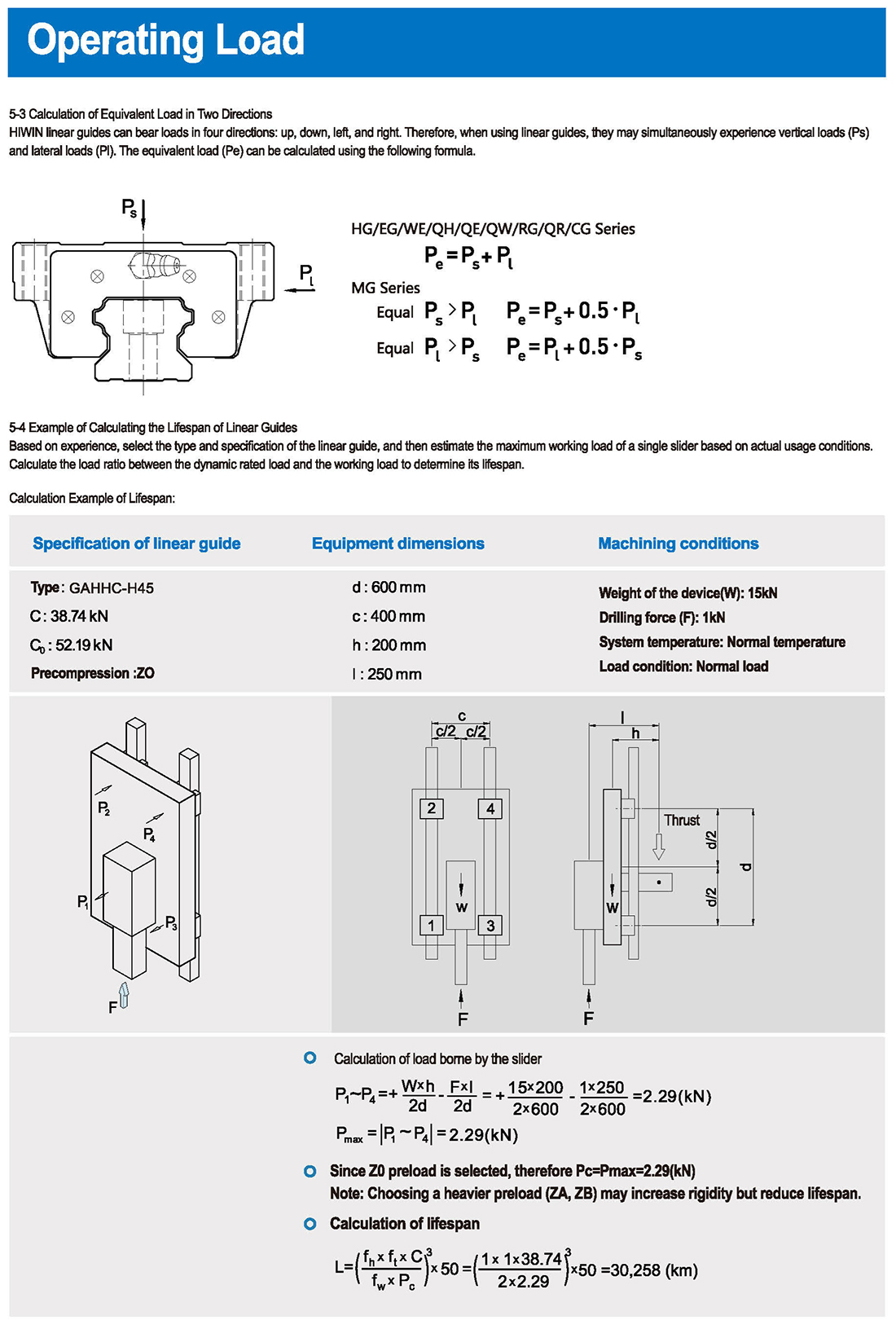
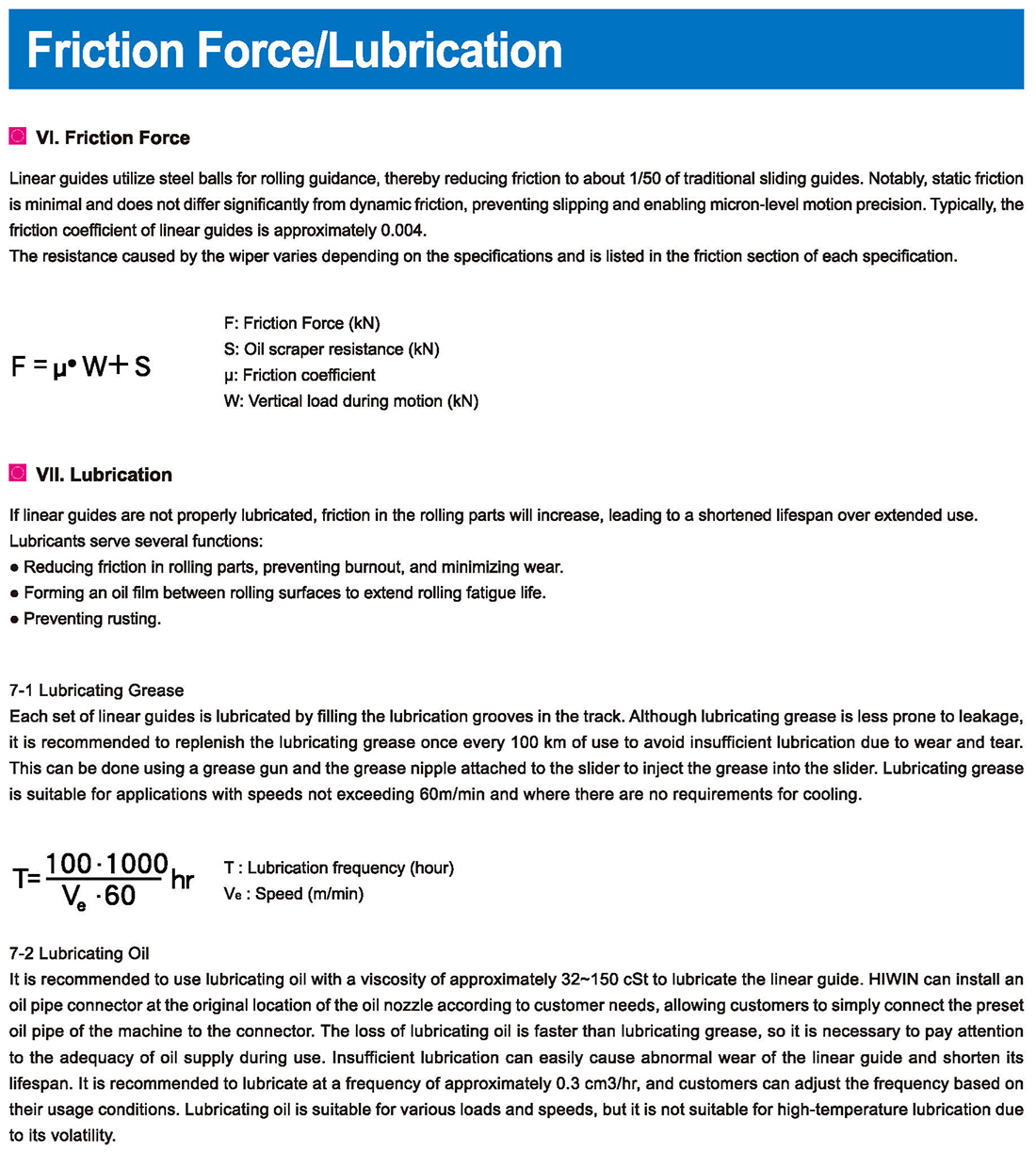
5 Installation of Linear Guides
The installation method of linear guides must be determined based on the machine’s usage conditions, such as the degree of vibration and impact forces, the required travel accuracy, and the limitations of the machine itself.
5-1 For installations subject to vibration and impact forces, and requiring high rigidity and precision:
Rail Fixing Screws Driven Side Platform Bed Reference Side Block Fixing Screws Rail Fixing Screws
Fixation Methods
When the bed is subjected to vibration and impact forces, there is a high likelihood that the rail and block may deviate from their original fixed positions, affecting precision. To avoid such situations, it is recommended to use the four fixation methods outlined in the following figure to secure the rail and block, ensuring the accuracy of the machine’s operation.
Using Clamping Plates for Fixation Using Fixing Screws for Fixation Using Taper Pins for Fixation Using Needle Rollers for Fixation
Rail Installation
Remove contaminants from the assembly surface of the bed.
1 Place the linear guide rail steadily on the bed and align the side reference surface of the rail with the assembly surface of the bed.
2 Trial-fit the assembly screws to confirm if the bolt holes align, and approximately secure the bottom reference surface of the rail to the bottom assembly surface of the bed.
3 Use the lateral fixing screws to firmly press the side reference surface of the rail against the side assembly surface of the bed to confirm the rail position.
4 Using a torque wrench, tighten the assembly screws in sequence with a specific torque to firmly press the bottom reference surface of the rail against the bottom assembly surface of the bed.
5 Install the remaining paired rails following steps 1 to 5.
Block Installation
Use assembly screws to approximately secure the load-bearing platform to the block.
Tighten the assembly screws to firmly secure the load-bearing platform to the block in a diagonal sequence from 1 to 4.
Repeat the tightening process of the assembly screws to firmly secure the load-bearing platform to the block in a diagonal sequence from 1 to 4.

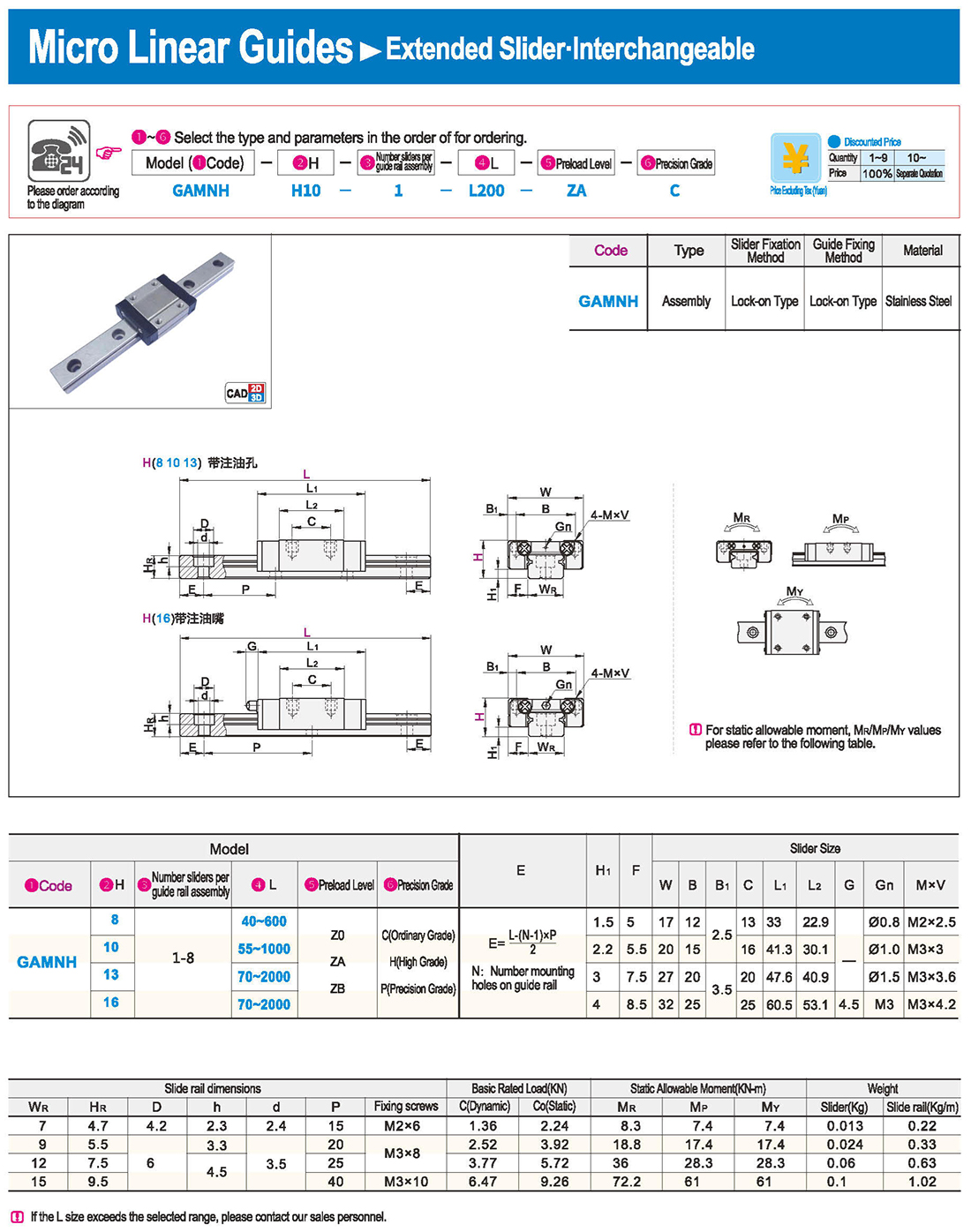


 English
English Russian
Russian Spanish
Spanish Italian
Italian Arabic
Arabic Korean
Korean German
German Japanese
Japanese Vietnamese
Vietnamese Turkish
Turkish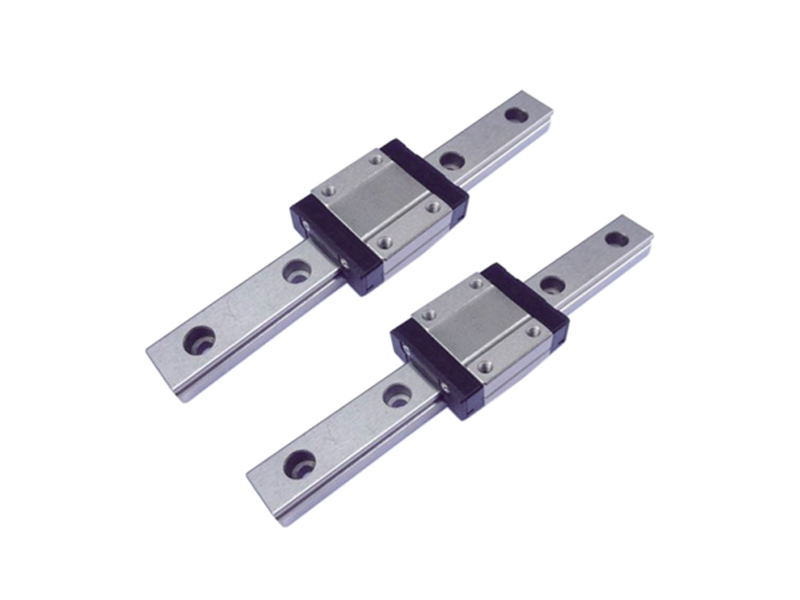
 Introduction
Introduction Specification Table
Specification Table Download
Download
























